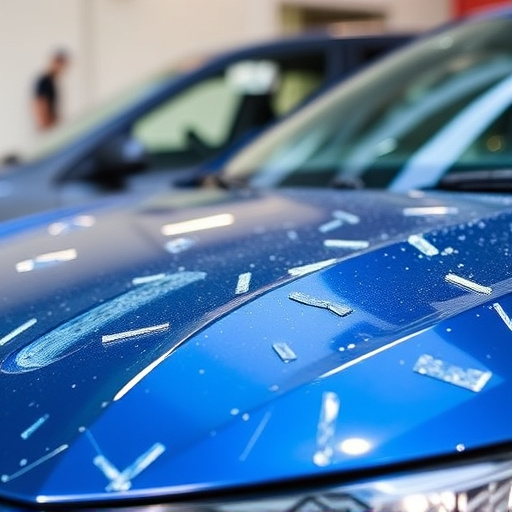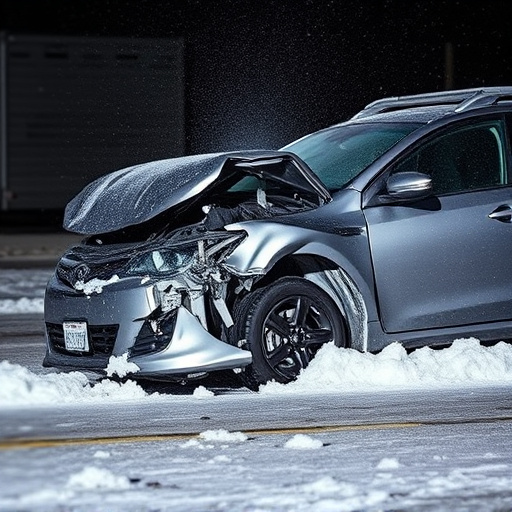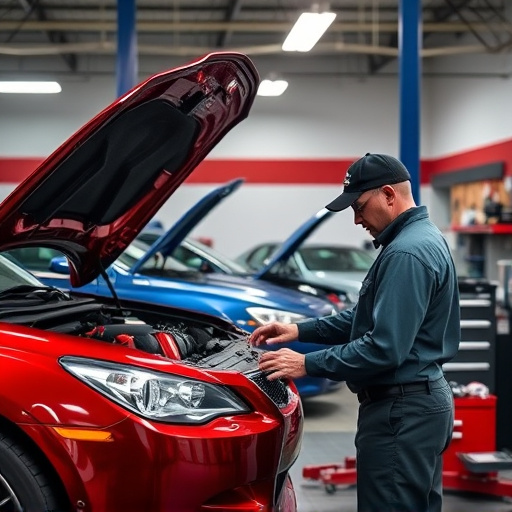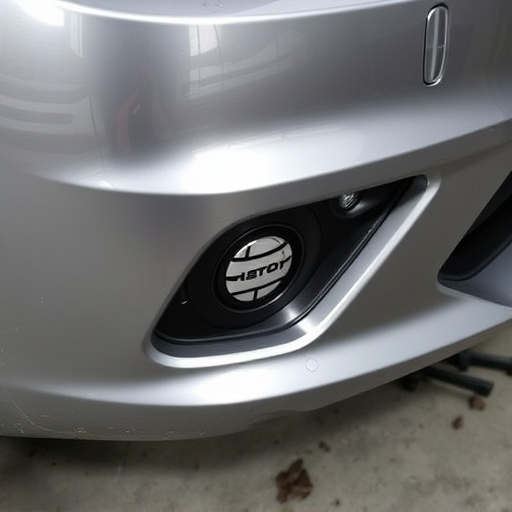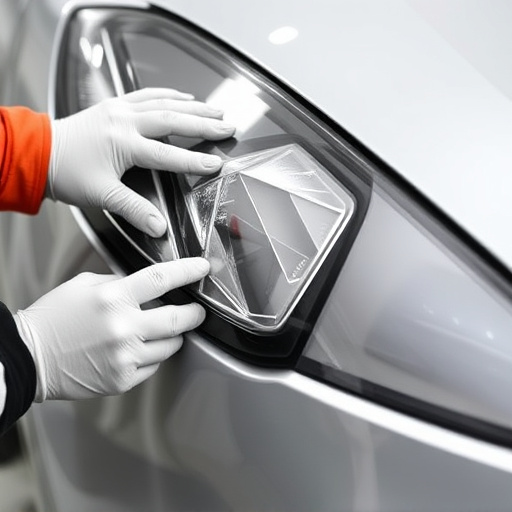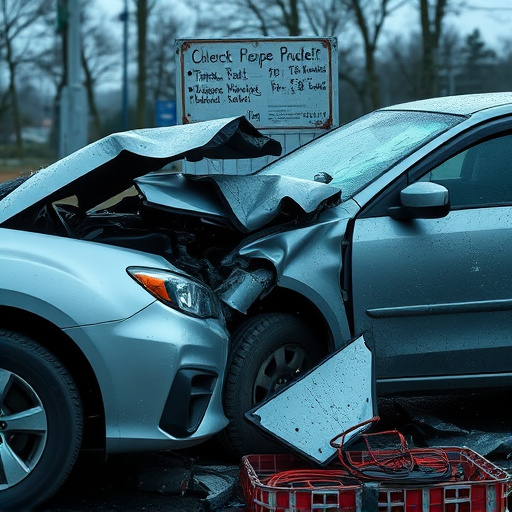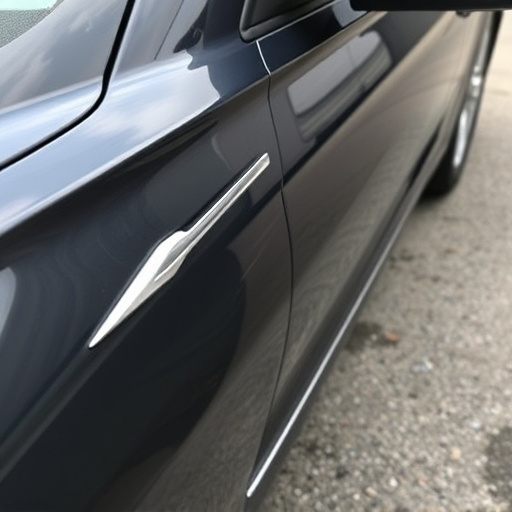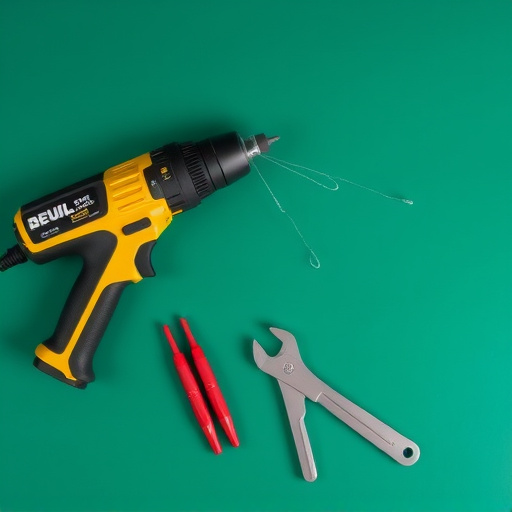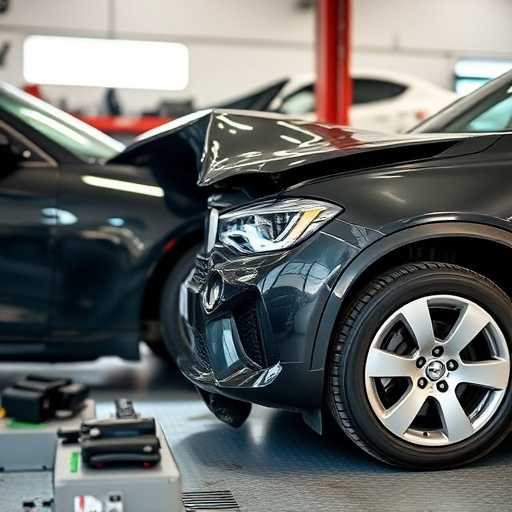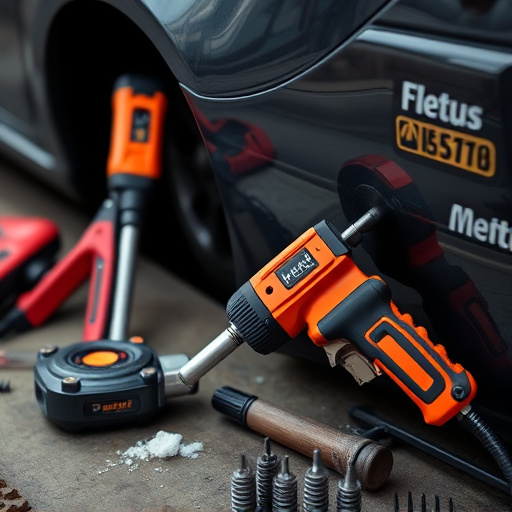Collision damage can significantly impair a vehicle's aesthetics and resale value. Professional detailing after a collision is crucial for restoration, focusing on scratch repair, dent removal, and enhancing paint protection to revive the car's pre-accident condition and safeguard its future value through meticulous attention to detail.
A car collision can leave more than just physical damage; it often impacts a vehicle’s appearance, creating scratches, dents, and discolorations. Detailing after a collision is crucial for restoring not just the vehicle’s functionality but also its aesthetic appeal. This article explores the significance of detailing in post-collision restoration, delving into the key steps involved and the surprising benefits that go beyond enhancing looks. Understanding these processes can empower car owners to make informed decisions in their pursuit of a like-new vehicle condition.
- The Impact of Collisions on Vehicle Aesthetics
- Restoring Smoothness: Key Steps in Detailing
- Post-Collision Detailing: Benefits Beyond Appearance
The Impact of Collisions on Vehicle Aesthetics

Collisions can significantly impair a vehicle’s aesthetics, leaving behind visible signs of damage that detract from its overall appeal. Dents, scratches, and chips in the paintwork are common aftermaths, creating an unkempt appearance that may dampen the driver’s pride in their vehicle. Moreover, severe collisions can lead to misaligned panels or structural issues, further compromising the car’s aesthetic integrity.
Seeking professional help from a reputable car repair shop or vehicle body shop is crucial for restoring these damaged vehicles to their former glory. Services like paintless dent repair offer a cost-effective and less invasive approach, preserving the original factory finish while effectively removing dents and scratches. By opting for detailing after collision, vehicle owners not only enhance their car’s appearance but also protect its resale value and ensure it retains its distinctive aesthetic appeal.
Restoring Smoothness: Key Steps in Detailing

After a collision, restoring a vehicle’s smoothness involves more than just fixing structural damage. Detailing is a crucial step that brings the car back to its pre-accident condition, enhancing its appearance and overall value. It starts with thorough washing to remove dirt, debris, and any remaining residue from the impact. This initial step prepares the surface for further treatment.
The next critical phase involves scratch repair and bumper repair, addressing visible signs of the collision. Car body restoration techniques are employed to even out any imperfections, ensuring a seamless finish. Polishing compounds smoothen the paintwork, hiding minor scratches and enhancing the car’s gloss. This meticulous process not only restores the vehicle’s aesthetics but also protects its surface from future damage.
Post-Collision Detailing: Benefits Beyond Appearance

Detailing after a collision goes beyond mere aesthetics; it’s a crucial step in the auto body repair process that offers several hidden advantages. When a vehicle suffers damage, whether from an accident or minor dents, proper detailing becomes essential for achieving a seamless finish. Skipping this stage can leave behind visible signs of the incident, impacting not just the car’s appearance but also its overall value.
This meticulous process ensures that every scratch, dent, and mark is expertly removed, restoring the vehicle to its pre-collision condition. Beyond enhancing visual appeal, detailed auto body work improves the car’s paint job, making it more resistant to future damage. It’s an investment in both the safety and longevity of your vehicle, ensuring that what’s seen on the surface is just as immaculate as what lies beneath during automotive body work.
Detailing after a collision is more than just restoring a car’s exterior; it’s about enhancing its overall appearance and value. By carefully navigating through the process of repairing dents, scratches, and other damage, you can transform a battered vehicle into one that looks as good as new. Beyond the aesthetic benefits, post-collision detailing also ensures better protection against future damage, retaining the car’s initial quality and appeal. Embracing detailing after collisions is a game changer for vehicle owners, fostering a vibrant and lasting tapestry of visual appeal.

